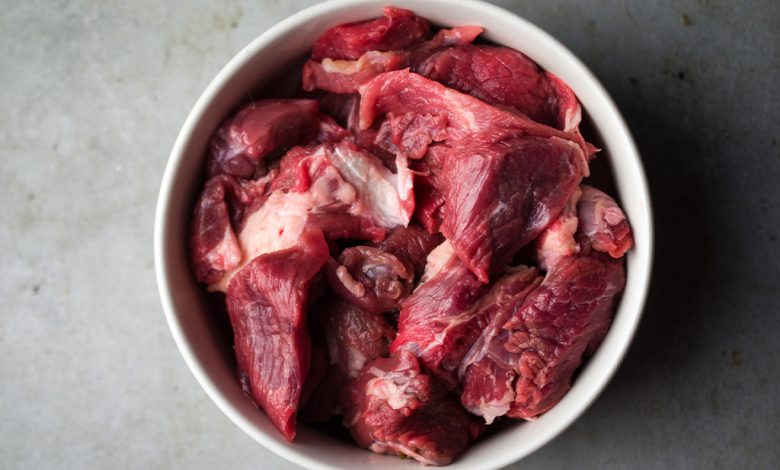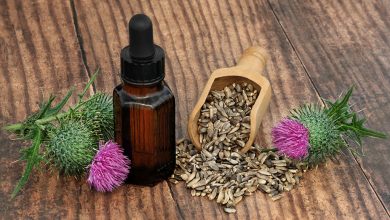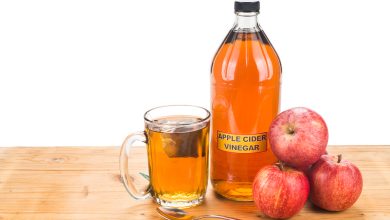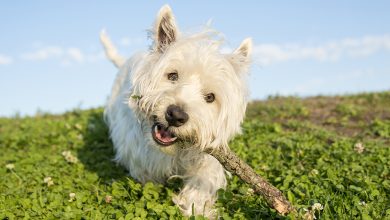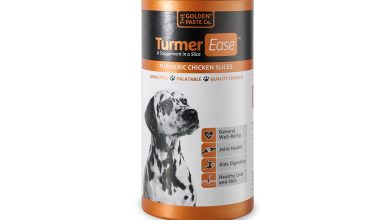Nervous about Switching your Dog to Raw Food?
BY ANNA BAIN, CANINE NUTRITION WRITER &
HEAD OF COMMUNICATION AT ProDog Raw
In a world where health-conscious choices are becoming increasingly prevalent, our canine companions’ diets are no exception. As pet owners seek optimal well-being for their four-legged friends, a great deal of attention is focused on diet, and rightly so; nutrition is the cornerstone of health and happiness.
While various camps will debate back and forward about which dog food is the best, there is no disputing the science, and there is no arguing with the countless anecdotal reports from dog owners who are witnessing first-hand the immense health benefits their dog is experiencing as a result of feeding a raw natural diet.
But whilst evidence continues to mount, many dog owners sit on the sidelines because navigating the raw feeding world can seem daunting. And I can understand why.
There are so many mixed messages about raw feeding routines, people using baffling nutritional jargon, and not to mention the myriad of opinions about exactly what ingredients you should feed. My aim in this article is to simplify the complexities and hopefully help you make those first steps with confidence.
The first thing to know, possibly the foundation to cut through all opinions, is “EVERY DOG is DIFFERENT”! As such, just because Laura down the road feeds her 8-year-old German Shepherd a specific raw food recipe does not mean your 2-year-old West Highland Terrier would thrive on the exact same menu.
There are undoubtedly core principles of nutrition that apply to all dogs. The general good practice combo is feeding a fresh, quality meat-based diet with a ratio of bone and offal with a sprinkle of vegetables, berries and oils thrown in for an extra antioxidant boost.
However, the exact percentage of each ingredient will vary between dogs. Some dogs can’t tolerate as much bone as others; some can’t eat offal (such as Dalmatians); some are sensitive to too much offal; so, they need smaller amounts; some dogs don’t do well if you feed them too many starchy vegetables.
With this in mind, starting your raw food journey with a ‘try and test’ mindset is best. The only way you will find your dog’s ideal natural diet is to feed them real foods and see how they respond. Rest assured; you can’t go wrong if you feed natural ingredients. Of course, many options are available to seek professional advice from a canine nutritionist or holistic vet if you prefer.
But, if your Westie is in general good health and not suffering from a diagnosed or suspected health condition or severe digestive issues, you’ll likely find switching to natural dog food very straightforward. Dogs have evolved eating a raw diet, therefore, most take to it very quickly. Should your dog require a slower transition, the signs will be very apparent.
“It was so simple; I wish I’d tried raw food earlier” is one of the most common phrases I hear from pet parents recently switching to a natural diet for their dogs.
So, let’s get to it!
You’ve decided to give raw feeding a whirl! The first decision is where to buy your food from. Whilst there is always the option to make your food at home using natural ingredients purchased from local butchers or supermarkets, I recommend that people new to raw feeding opt for a pre-made complete raw dog food. This will eliminate all of the concerns about individual ingredients and ratios.
Further down the raw feeding road, you may like to get a little more creative and perhaps prepare homemade recipes, but for ease and simplicity, for beginners, pre-made is best.
I advise finding a quality brand that formulates their recipes alongside canine nutritionists, is FEDIAF approved, DEFRA accredited and provides free nutritional advice. You’ll then have all the quality assurance you need. It’s simply a case of ordering and determining your dog’s favourite meals.
Making the switch
The enticing new food has arrived, and your dog is likely already super-interested in the exciting box of goodies they intuitively know is for them. You’re all set to roll out your bestie’s new menu. The first thing to be mindful of is that some dogs may require a gradual transition to allow their digestive system to adjust to their new food.
Canine diets made with high-carbohydrate, processed ingredients, such as kibble, can frequently result in dogs having stomachs with higher alkalinity levels compared to those following predominantly raw, high-protein diets. A dog’s natural stomach PH level is acidic, which is needed to effectively digest bone, muscle, offal, and other constituents of raw food. For some dogs, a slower switch allows their gut to gently adapt to the new diet.
The good news is, because the acidic gastrointestinal condition is natural for canines, the gut will bounce back fairly quickly for most healthy dogs. Younger and healthier dogs often do well with an abrupt switch, meaning you can swap their old food for their new food at their next mealtime, and they will wolf it down, delighted with their new nosh.
While older dogs, or those with existing health issues, benefit from a more gradual approach.
The gradual transition:
– Days 1-4: Introduce 10% raw food alongside the current diet.
– Days 4-10: Increase raw amount while equally reducing old food.
– Days 10-14: Shift entirely to raw.
A quicker but less abrupt switch:
– Day 1: Replace 25% of current food with raw.
– Day 2: Replace 50% of current food with raw.
– Day 3: Replace 75% of current food with raw.
– Day 4: Feed 100% raw.
Whichever method you choose, always observe for digestive upsets. Please keep close track of their toilet habits, as this will be the best indicator of how your dog adjusts.
Watch out for:
Diarrhoea
You can try reducing the raw food slightly for a couple of days whilst the gut settles, then upping the quantities once the poo has normalised. You can also try reducing the amount of offal by adding offal-free meals for loose stools. Offal can be too rich for some dogs, especially in the initial stages of transitioning to raw. Switching to leaner proteins, such as turkey, rather than richer red meat, such as lamb, may also help.
Constipation
If your dog’s stools are rock-solid and they are struggling to pass them, add a bone-free recipe for a few meals. Extremely hard poo and constipation can indicate your dog requires slightly less bone content. Another solution can be adding some plant-based fibre, such as psyllium husk.
Vomit
If your dog does vomit straight after feeding, skip their next meal entirely and allow the digestive system to rest. Always ensure they stay hydrated and monitor their energy levels and general disposition throughout the day. Once given a break from food, many dogs will bounce back to foodie delight at the next meal.
If a dog is experiencing digestive upset, I recommend bone broth in many cases. This nourishing super-food is packed with electrolytes, so it is exceptionally hydrating, rich in vitamins and minerals and easy to digest; a gently enriching addition, perfect for supporting the gut environment.
Once your dog’s stool quality has improved, you can return to the transition process.
Be aware that some dogs are intolerant or have sensitivities to specific proteins; if any adverse reactions occur and are not rectified within 48 hours, try switching to a different protein.
As mentioned earlier, if your dog has suspected or diagnosed health conditions, whilst a raw diet will support better health, it is best to seek professional nutrition advice before making the switch to ensure you provide your dog with the most suitable combination of ingredients for their unique needs.
And finally….. don’t panic!
Most dogs easily transition to a raw diet with little or no issues. However, if this is not the case for your Westie, then please don’t worry. This doesn’t mean they can’t eat a raw diet. It doesn’t mean they are destined to eat processed foods for the rest of their lives; it doesn’t necessarily mean something is wrong with them. It could just indicate that your bestie requires a little dietary support to help their tummy adapt.
The good news is there are many natural supplements and natural solutions, such as digestive enzymes, probiotics, herbs and, as mentioned earlier, bone broths, which can aid a switch to raw dog food. Also, some dogs may be better starting with a diet of ‘lightly cooked’ natural ingredients before gradually switching to raw.


